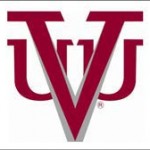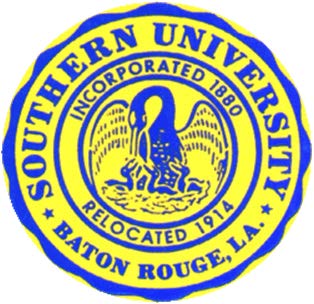Enrollment Increases — Are HBCUs Making a Comeback?
[subtitle]
HBCUs’ Enrollments Increase, Some Students Turned Away for Lack of Space
[/subtitle]
By LaDarius Calhoun
Outlook Writer
For more than 150 years, Historically Black Colleges and Universities (HBCUs) have been part of American higher education. But over the past few decades, America’s HBCUs have seemed to struggle.
Today, that may not be the case for some of those historically black colleges as they reach higher enrollment goals and run out of on-campus housing for incoming and returning students.
Low retention rates, unequal government funding, low enrollment and, in some cases, non-progressing leadership have plagued HBCUs.
In the last decade, HBCUs have suffered financially more than ever from those problems. And for both public and private HBCUs, things have gotten worse following the latest period of recession, according to Marybeth Gasman, head of the Center for Minority Serving Institutions (MSIs) at the University of Pennsylvania.
Predominantly White Institutions – known as PWIs – receive more funding from the government and, most of the time, those institutions have more access to better resources.
Gasman compared PWIs to HBCUs in regards to the recession.
“With majority institutions, when a recession hits, they might go from brie to eating cheddar cheese,” Gasman said. “HBCUs go from cheddar to nothing.”
According to Gasman, HBCUs typically have lower endowments and less money coming in from alumni giving.
Just a little more than six months ago, one of the nation’s oldest public black colleges, South Carolina State University (SCSU), was on the verge of closing its doors over a financial collapse. SCSU was placed on accreditation probation and according to the Associated Press, its debt exceeded $83 million.
Experts say SCSU’s recent circumstance shows that HBCUs are continually at risk of losing accreditation, as they fall into millions of dollars of debt. Even some of the upper-tier HBCUs struggle with those same financial hardships.
But not every HBCU is experiencing the struggle. Some are standing quite strong with good enrollment and graduation rates, then some are still hanging on to the edge of their existence.
In the last few weeks, as the summer winds down and new and returning students prepare to head back to campus, a few surprises are being reported.
Across the U.S., HBCUs are reaching enrollment rates higher than they have in the last decade. In the last month, HBCUs have denied incoming and returning students on-campus housing because the number of enrolled students exceeded the space available on campus. After being on the verge of shutting down, SCSU, for example, now reports that their enrollment exceeds their 2015-16 enrollment goal.
In Richmond, Va., move-in day stirred up frustration at Virginia Union University (VUU) when parents arrived with their students with no place to stay. At the time, VUU had not responded or provided accommodations for the students.
And those universities are not alone.
Alabama Agricultural and Mechanical University (AAMU) didn’t inform students that they would have no place to stay on campus. That information was relayed to students only after they paid the $100 housing deposit.
The university responded to parent and student complaints in a statement saying “In an effort to further assist students, the University has identified and made provisions for accommodations at hotels near campus.”
Florida A&M University (FAMU) housing also reached their 100 percent tier for students living on campus for the 2015-16 school year after denying almost 1,000 students housing. In an effort to make accommodations, FAMU housing reopened Palmetto North Apartments to those students on the waiting list. In a statement released by the university’s housing department, students who remained on the waiting list were referred to off-campus housing.
In light of its enrollment, SCSU remained open as they reached their 2015-16 enrollment goal, totaling 750 incoming freshmen.
Larry Cummings, a Resident Director at FAMU, said that he didn’t think that the increase in HBCU enrollment is anything special or coincidental.
“I just think enrollment across the country is increasing and thereby HBCU enrollment is increasing,” said Cummings. “Also, I think a lot of HBCU alumni are passing along the tradition and legacy to their children and supporting their children’s enrollment to HBCUs.”
Some HBCUs have increased their enrollment rates by revamping their recruitment strategies. Southern University’s enrollment is up this upcoming year compared to last year as they made significant changes to how they recruit new students.
According to Southern University officials, the institution saw only about 900 freshmen enrolled last fall, this year they see more than 1,200 freshmen enrolled.
Overall, HBCUs are a primary source to young educated African-Americans. Cummings explained why the fight for HBCUs existence is prominent for the American people.
“Without the preservation of history, there can be no expectation of a brighter future,” Cummings said. “HBCUs are the backbone of education for black and brown people of this country.”











